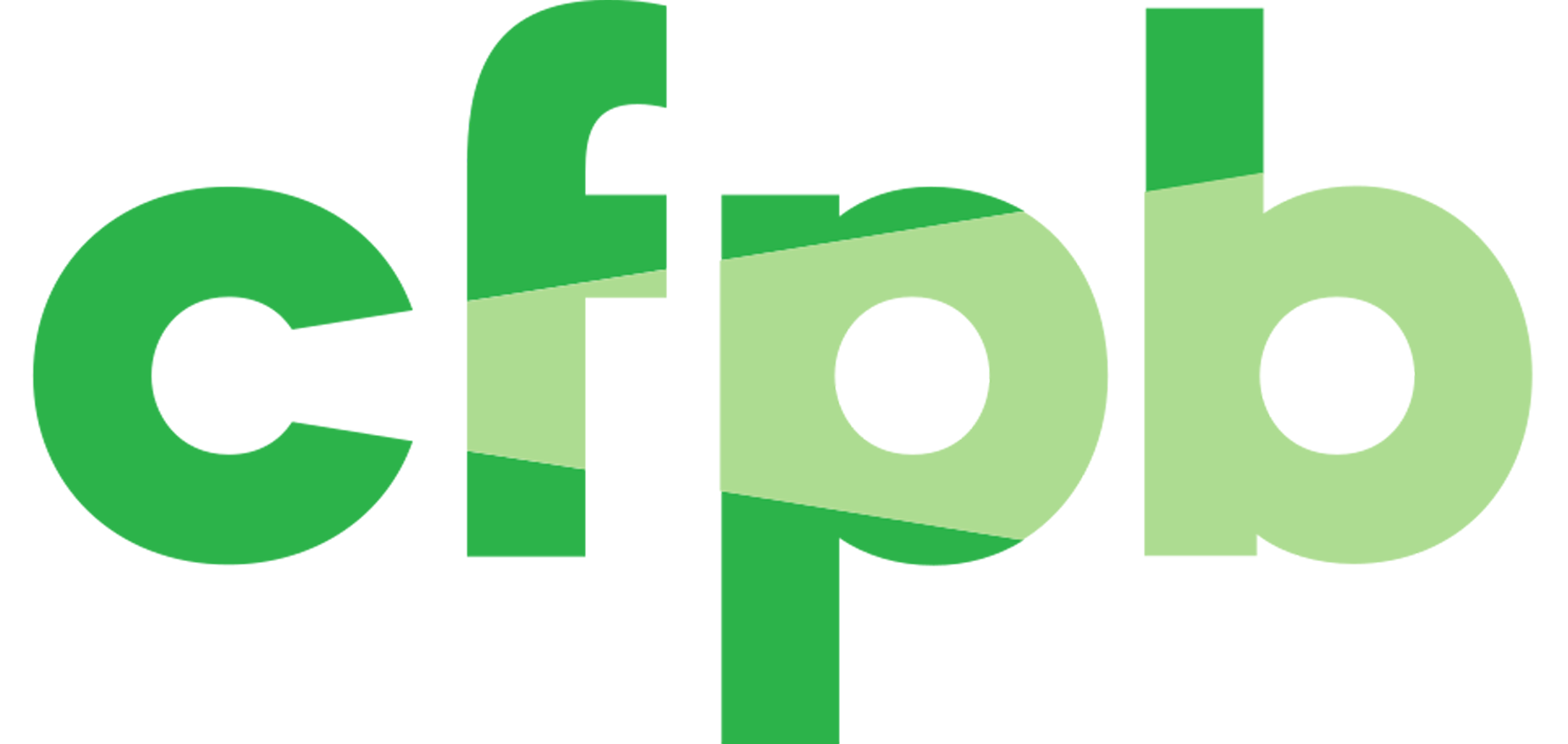CFPB Proposes to Remove DTI Limit and Implement Price Thresholds for QM Loans

The Consumer Financial Protection Bureau (CFPB) on Monday released a proposed rule amending its Ability-to-Repay/Qualified Mortgage (ATR/QM) underwriting guidelines. The proposal rescinds the 43 percent debt-to-income (DTI) ratio limit loans must meet to qualify as Qualified Mortgages (QMs) and creates a new price-based threshold for QM loans.
The ATR/QM rule, which took effect in January 2014, outlines the steps mortgage originators must take to obtain and verify information to determine whether a consumer can afford to repay a mortgage. It also establishes a set of criteria a mortgage loan must meet to be considered a “qualified mortgage.” If a mortgage loan meets the QM criteria, the originator is presumed to have complied with the requirements of the ATR rule. HFA program loans are exempt from the ATR/QM rule requirements.
The proposed rule repeals a provision of the ATR/QM rule requiring, for a loan to qualify as a QM, the consumer to have a total debt payments-to-income ratio (including payments on other obligations besides the mortgage) of no more than 43 percent. Instead, the rule would require that QM loans have an annual percentage rate (APR) that is less than two percent higher than the average prime offer rate (APOR) for the market. The limit would be higher for smaller loans, with loans under $69,939 requiring an APR less than 6.5 percent over APOR, and loans under $109,898 limited to less than 3.5 percent over APOR. The APR for subordinate liens would also be set at less than 3.5 percent over APOR.
CFPB says it is enacting these changes because it does not believe a borrower’s DTI is a strong indicator of their ability to repay their mortgage and such a strict DTI limit could reduce access to credit for creditworthy borrowers, particularly low- and moderate-income individuals and minorities. It includes in the proposed rule the results of its internal analysis which it says shows there is a stronger correlation between loan price and performance, as measured by early delinquencies.
The proposed rule says lenders must continue to consider a borrower’s DTI ratio or residual income when examining their ability to repay their mortgage. It also eliminates Appendix Q of the ATR/QM rule, which prescribed the standards and procedures lenders are supposed to use when determining a borrower’s monthly debt and income. Many industry participants say Appendix Q is too rigid and tough to understand. In its place, the proposed rule would allow lenders to use various income standards specified by CFPB, including those used by Fannie Mae, Freddie Mac, and the Federal Housing Administration.
CFPB is proposing these changes to respond to the upcoming expiration of the “GSE Patch,” a provision of the ATR/QM rule that automatically qualifies as QMs all loans approved through either Fannie Mae’s or Freddie Mac’s underwriting systems, regardless of whether they meet the 43-percent DTI limit. Because of the GSE Patch, lenders have been able to originate many QM loans in recent years that otherwise would not have qualified. According to an analysis conducted by the Urban Institute, nearly 3.3 million loans over the past five years have qualified as QM because of the GSE Patch, accounting for nearly one-fifth of Fannie Mae’s and Freddie Mac’s guaranteed loans during that time period.
The GSE Patch is set to expire January 10, 2021, raising concerns that many creditworthy borrowers, particularly low- and moderate-income borrowers and borrowers of color, would lose access to affordable home loans. CFPB estimates the GSE Patch expiration could impact nearly one million loans next year. The agency issued an Advance Notice of Proposed Rulemaking (ANPR) last summer seeking industry input on potential revisions to the ATR/QM rule in light of the patch’s expiration.
In its comments on the ANPR, NCSHA urged CFPB to repeal the DTI threshold, arguing it could severely curtail home financing options for low- and moderate-income and other underserved borrowers. Also, while HFAs are exempt from the ATR/QM rule, they represent a small share of the market, making it likely that Fannie Mae, Freddie Mac, and other HFA partners would simply adjust their underwriting standards so they would not approve or underwrite any loans with a DTI above 43 percent, to avoid any possible liability.
CFPB also issued a second proposed rule on Monday extending the GSE Patch until the other proposed rule takes effect. The CFPB anticipates any changes to the ATR/QM rule will not be implemented until six months after a final rule is published, a timeline CFPB does not expect to be completed until at least April 1, 2021. CFPB proposes to maintain the GSE Patch in the interim to avoid market disruption.
CFPB will be seeking comment on both proposed rules for 60 days after they are published in the Federal Register, which is expected shortly. NCSHA will be submitting comments on behalf of state HFAs. If you have input you would like NCSHA to consider as it drafts its response, please email Rosemarie Sabatino by August 7.

